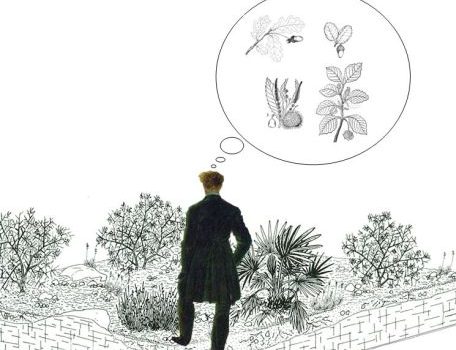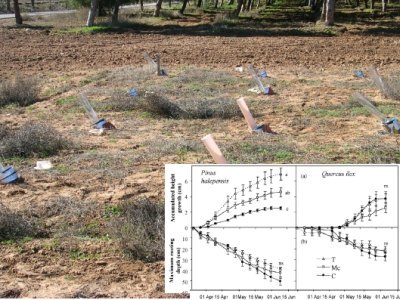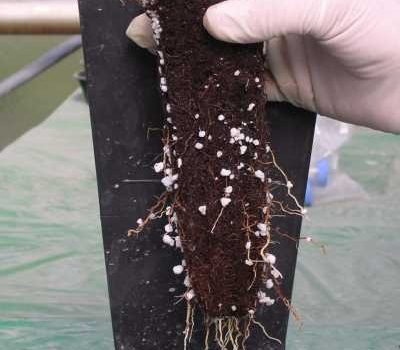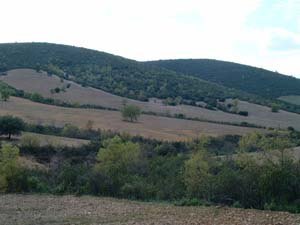
Mutual interactions between changes in land use patterns and the fire regime in the Mediterranean
Recent socioeconomic changes have altered the structure of the forest-agricultural interface (FAI) of Spanish landscapes, and changed the forest fire regime. With data from 200 SISPARES landscape plots analyzed between 1956 and 2008, the vulnerability to forest fires is evaluated
ales of the FAI, and the structural factors of the landscape most related to the frequency of forest fires are identified. The most vulnerable landscapes have a high density of roads, a high diversity of land uses and the presence of fine-grained agroforestry mosaics.
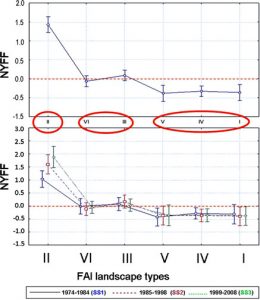 The frequency of ignition is lower in landscapes with coarse-grained mosaics, and minimum in agrosilvopastoral landscapes with integrated production systems (“dehesas”). The geographic patterns and temporal trends of the different FAI types are described. This approach is useful for predicting mutual interactions between changes in land use patterns and the fire regime in the Mediterranean. Likewise, it provides the ecological basis for protection strategies aimed at reducing FAI’s susceptibility to forest fires. Read article in Agroforestry Systems
The frequency of ignition is lower in landscapes with coarse-grained mosaics, and minimum in agrosilvopastoral landscapes with integrated production systems (“dehesas”). The geographic patterns and temporal trends of the different FAI types are described. This approach is useful for predicting mutual interactions between changes in land use patterns and the fire regime in the Mediterranean. Likewise, it provides the ecological basis for protection strategies aimed at reducing FAI’s susceptibility to forest fires. Read article in Agroforestry Systems

